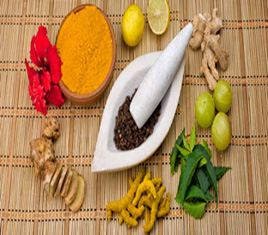Q.1 How is diagnosis done in Ayurveda?
Ans – Diagnostic procedures in Ayurveda are two pronged; one is aimed to establish the state and type of pathology and second to decide the mode of treatment to be applied. The former implies examination of the patient and make different investigations to diagnose the disease entity. Inspection, palpation, percussion and interrogation are the main modes of physical examination. The second type of examination is to assess the strength and physical status of the individual so that accordingly the type of management required could be planned. For this examination of Prakruti (Body constitution), Saar (Tissue quality), Samhnan (physique), Satva (Mental strength), Satamya (specific adaptability), Aaharshakti (diet intake capacity), Vyayaam shakti (exercise capacity) and Vaya (age) is done. On the basis of this examination the individual is decided to be having Pravar Bal (excellent strength), Madhyam Bal (moderate strength) or Heen Bal (low strength).
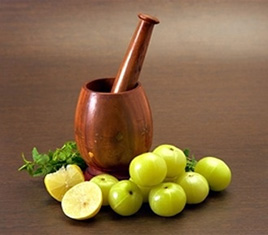
Q.2 What are the modes of Ayurvedic treatment?
Ans – There exists eight divisions of Ayurvedic therapeutics, namely Kayachikitsa (Internal Medicine), Shalya (Surgery), Shalkya (Otorhinolaryngology and Ophthalmology), Kaumar Bhritya (Pediatrics, Gynaecology and Obstetrics), Agad Tantra (Toxicology), Rasayana (Gerentology), Vajikaran (Aphrodisiacs) and Bhoot Vidya (Psychiatry).
The principles of treatment are Shodhan (purificatory), Shaman (palliative and conservative), Nidan parivarjan (avoidance of causative and precipitating factors of disease) and Pathya Vyavastha (do’s and don’ts regarding diet and lifestyle). Shodhan therapy includes Vamana (medically induced emesis), Virechana (medically induced laxation), Vasti (medicated enema), Shirovirechana (administration of medicines through nose) and Raktmokshan (Blood letting). These therapeutic procedures are collectively known as Panchkarma. Before executing Panchkarma treatment Snehan (olation) and Swedan (getting perspiration) are to employ first.

Q.3 Where do raw materials for manufacturing Ayurvedic medicines come from?
Ans – Materials which are natural whether belonging to plants or animals or minerals: all are considered the source of raw material for Ayurvedic medicines. However 600 medicinal plant products, 52 minerals and 50 animal products are commonly used.

Q.4 How are Ayurvedic medicines marketed?
Ans – Ayurvedic medicines are marketed in various forms. The main ones are tablets, pills, powders, fermentation products (Asva-arishta), decoctions, medicated fats (Ghrita and Tel). For topical use drops, creams, lotions, liniments and ointments are available. Dried plant extracts in capsule form are also in use presently.

Q.5 Is there scope for Ayurveda in the contemporary period?
Ans – Ayurveda has a wide scope as far as the prevention of disease; promotion of health and its preservation are concerned. Lifestyle rules mentioned in Ayurvedic texts if applied rigorously give definite results. Lifestyle related diseases, drug abuse, degenerative diseases, auto immune diseases and certain metabolic and allergic disorders are well manageable with Ayurvedic techniques and medications.
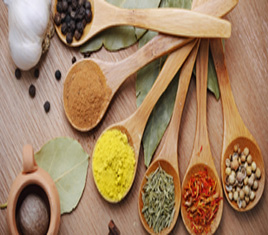
Q.6 Is there any rationale behind integrating Ayurveda and western medicines?
Ans – Because of multidimensional wide range of efficacy of Ayurvedic treatment, where certain disease conditions or symptoms become refractory to conventional treatment, a harmonized approach of these two systems of health care has proven to be successful and fruitful. Sometimes Ayurveda helps for a synergistic activity while at other places to antagonize and minimize the toxicity of modern drugs.
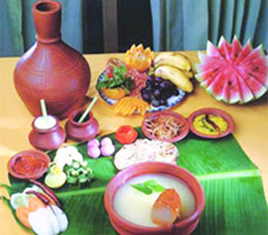
Q.7 Is Ayurveda recognized by WHO?
Ans – About 20 years back, W.H.O. adopted Traditional Medicine programme in conjunction with the goal of health for all with the adoption of primary health care approach. W.H.O. has an open mind on Traditional Medicine. However, it endorses only that therapy which has solid scientific evidence with no toxicity. In view of this Ayurveda is duly recognized by W.H.O.
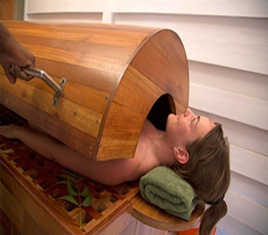
Q.8 Does Ayurvedic system of medicine have plus point over conventional medicinal system?
Ans – Being holistic and disease eradicative with principles of individualized treatment, conducive to socio-economic conditions of India and with availability of abundance of formulations for any particular disease, use of food items as medicine and lifestyle rules, Ayurveda enjoys a better place in respect of prevention and cure of the disease is concerned in comparison to western medical system.

Q.9 How do I find a competent Ayurveda practitioner?
Ans – Any Ayurvedic doctor having such degree/ qualifications as mentioned in 2nd, 3rd and 4th schedules of Indian Medicine Central Council Act, 1970 is a recognized medical practitioner. BAMS and MD (Ayurveda) degrees of new pattern and equivalent qualifications of the time before the enactment of Central Act are recognized qualifications for the purpose of registration and practice of Ayurvedic Medicine.
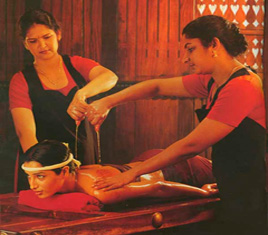
Q.10 Can one take Ayurvedic Medicine with modern medicines?
Ans – If not indicated otherwise by the attending physician, Ayurvedic medicines can generally be taken along with allopathic medicines. Moreover, Ayurvedic medicines are used as adjuvant to allopathic medicines in most of chronic and degenerative diseases. As such there is no harm to consume simple herbal formulations of Ayurveda even without the prescription of the doctor but mineral based medicines must be used after due consultation and advice of the doctor.
